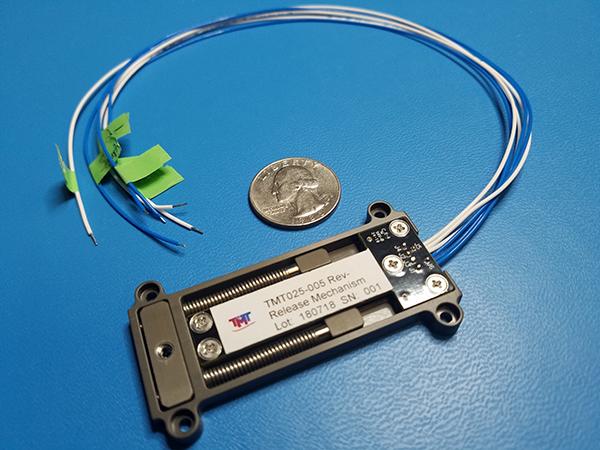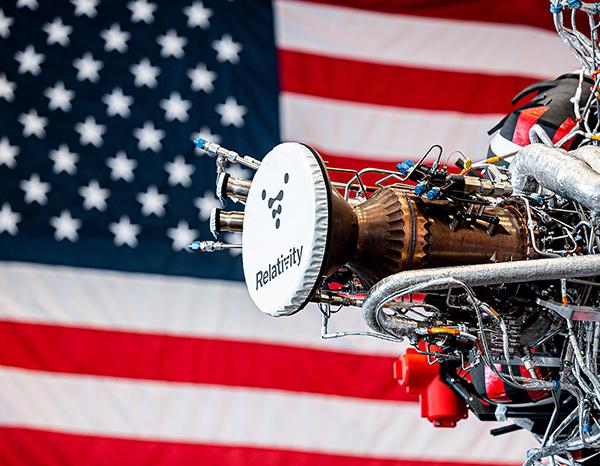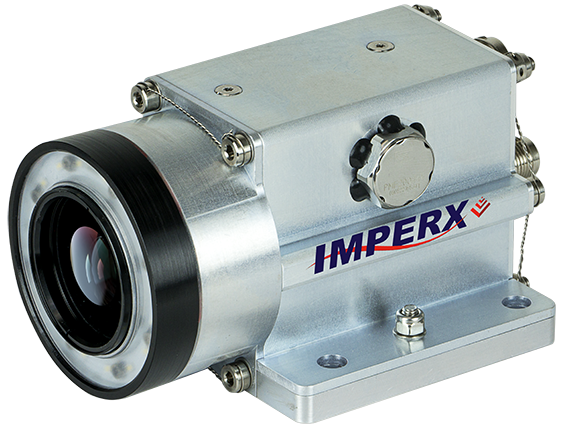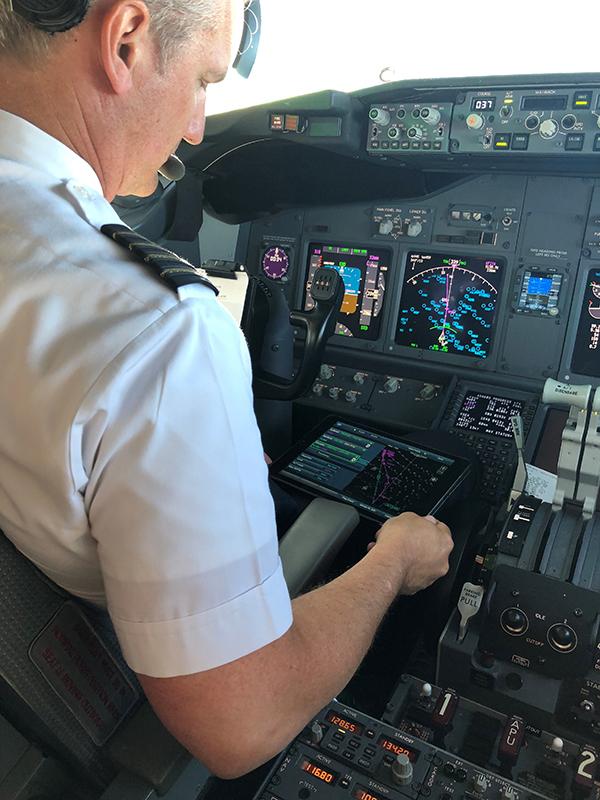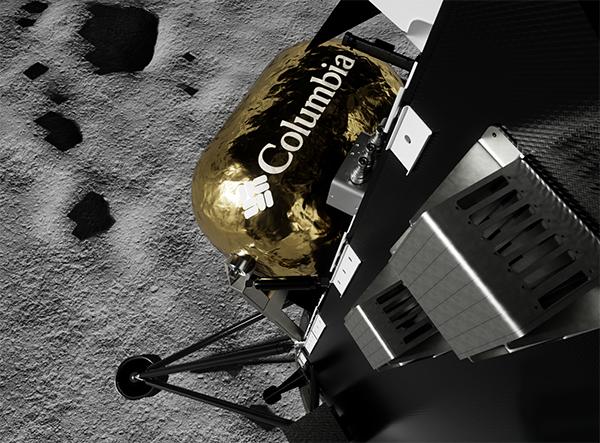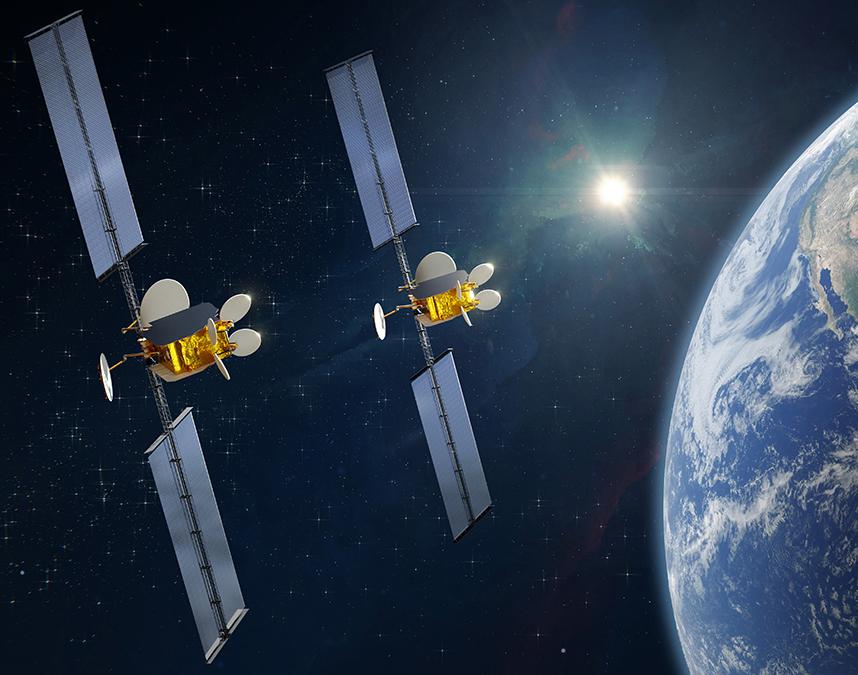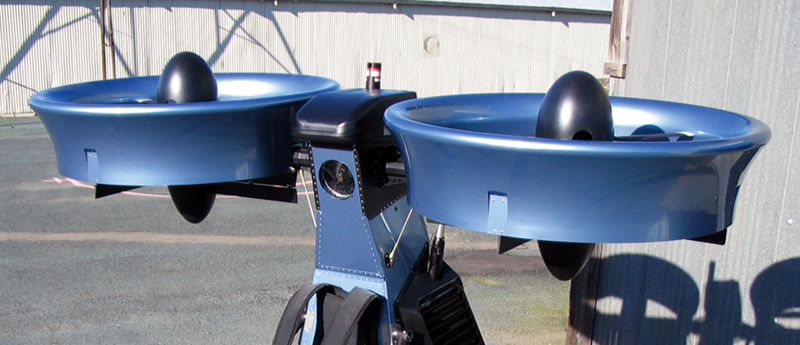
Ducted Fan Designs Lead to Potential New Vehicles
Originating Technology/NASA Contribution
From the myth of Icarus, who flew too close to the Sun on wings made of wax, to the designs Leonardo da Vinci drew of flying machines that mirrored the wing patterns of birds, people have always dreamed of personal flight. In 1903, on a cold December morning in North Carolina, the Wright brothers made the dream a reality with the first manned flight. It lasted only 12 seconds, but initiated a rapid evolution in aircraft design, and within a few years there was an aircraft industry.
In the early days of manned flight, though, one idea persisted: the personal air vehicle. At the time, the concept of personal flight was still a thing of the imagination—epitomized in 1928 by the fictional character Buck Rogers, complete with his rocket belt.
In the 1950s, Bell Aerospace took the dream one step closer to reality with its unveiling of the jet belt, a small, low-thrust rocket that strapped to the operator’s back. The short flight of 20 or 30 seconds, however, was not enough to make it viable for anything practical.
In 1955, with funding from the U.S. Navy, Hiller Aviation created the Hiller Flying Platform, a rotorcraft that was essentially a disk with a helicopter underneath. The operator stood on the platform and steered by shifting weight. Although there was interest and the prototype showed promise, the craft never went into production, as the standard helicopter proved more practical. For the next few decades, most of the interest in flight focused on the jet engine, and personal aircraft design was again relegated to the stuff of fiction.
For the centuries that people had dreamed of personal flight, there were countless great ideas, thousands of drawings, and hundreds of planned attempts. The only problem was that none of them stayed in the air long enough, so the dream lay dormant. But in the 1990s, new, lighter, stronger materials and advanced computer design systems awakened that dream.
Partnership
In 1994, two aerospace engineers, Rob Bulaga and Mike Moshier, drew sketches for an aircraft they believed could prove viable, and by 1996, had formed a company, Trek Aerospace Inc. The company, based in Folsom, California, took full advantage of its proximity to NASA’s Silicon Valley-based Ames Research Center for a great deal of testing, results of which have provided greater lift, lowered weight, more power, and improved maneuverability.
In 2000, using a wind tunnel at Ames, the engineers improved their designs. They tested their duct and fan system at the NASA site and were able to watch the flow of air over the ducts at various angles, finding that there was a very small stall area, and that for the most part, the flow did not separate. This clean airflow showed them that the craft was accomplishing 40 percent of its lift out of the duct system, which meant that the engineers could accomplish lift with a significantly smaller, lighter engine.
The experience gave the engineers a better understanding of how their craft worked and led to several design changes, including the use of a fly-by-wire system. The original prototype had handgrips and relied on the operator to shift his weight in order to operate the vehicle, but the wind tunnel testing suggested that this would not give the pilot adequate control of the vehicle. The fly-by-wire solution replaces the handgrips with two joysticks, one for controlling altitude and the other for turns. Information from the joysticks is fed into an onboard computer.
Product Outcome
All of Trek Aerospace’s aircraft employ ducted, counter-rotating fans attached to a central gearbox and drive train, connected to a power source. The ducts allow the craft to fly into tight spaces without fear of damaging the rotors or anything else with which the rotors would otherwise come in contact. While seemingly simple, the company suggests that its success with the vehicles is the right combination of devices and how to make them interact effectively. The technology has been applied to three models: the Dragonfly UMR-1, the Springtail EFV, and the OVIWUN.
The Dragonfly UMR-1 (unmanned/manned/or remotely operable), the only horizontally configured craft the company has designed, is still in development at its onsite hangar. The company anticipates that civilian uses for the craft will include everything from crop dusting to commuting, and military uses will abound, whether as an unmanned reconnaissance vehicle or as its 450-pound payload capacity is leveraged to transport injured soldiers. It is available for purchase, but only as what the Federal Aviation Administration calls an experimental aircraft.
The Springtail EFV (exoskeleton flying vehicle), currently in development, but with several working prototypes finished, uses a series of ducted propellers fueled by a 118-horsepower rotary engine. It fits pilots from 5 feet 4 inches to 6 feet 6 inches in height and weighing from 115 to 275 pounds. It has a top speed of 113 miles per hour and can soar up to 11,400 feet, though the designers intend for the vehicles to operate around 400 feet off the ground and to cruise at a comfortable 90 miles per hour.
The military is quite interested in this vehicle, and Trek Aerospace has received significant funding from the Defense Advanced Research Projects Agency (DARPA), the research and development arm of the U.S. Department of Defense. The vehicle has the potential for use by soldiers, as well as for search and rescue missions, reconnaissance, and surveillance. In addition, it has uses in the homeland security realm for firefighting, police work, and other emergency response situations.
Of course, there is also civilian interest. Who hasn’t been stuck in traffic wishing that there was a way to rise above the throngs of other commuters? A personal aircraft would be the perfect solution. While the Springtail EFV is available for purchase as an experimental aircraft, Trek Aerospace is continuing to test it. The company, however, has had to develop an efficient method to continue the testing as well as procure additional funding.
Its solution was to make a miniaturized test version. Dubbed the OVIWUN, the small-scale version is for sale through the company’s Web site and comes complete with a radio transmitter and receiver, battery charger, open source software, and a basic instruction manual. It weighs fewer than 6 pounds and can lift a little over that. This release has created a buzz among aerospace engineers and university computer science departments, the primary audiences.
The OVIWUN boasts two 450-watt electric motors that can deliver a maximum speed of 44 miles per hour and can climb 2,280 feet per minute. The radio-controlled craft’s ducts allow for safer operation of the vehicle, as the rotors are protected and items that may be in their path are protected from them. The ducted covers allow the craft to bump against objects without damage, which brings to light the most significant advantages of this diminutive aircraft: It is safer than a manned vehicle, and its size makes it relatively difficult for it to damage itself during test flights the way a larger mass, faster craft could.
While this craft is not large enough to carry human passengers, it is definitely a sign of things to come. Someday soon, the dream of accessible individual civilian aircraft will likely be a reality.
Springtail™ and OVIWUN™ are trademarks, and Dragonfly® is a registered trademark of Trek Aerospace Inc.
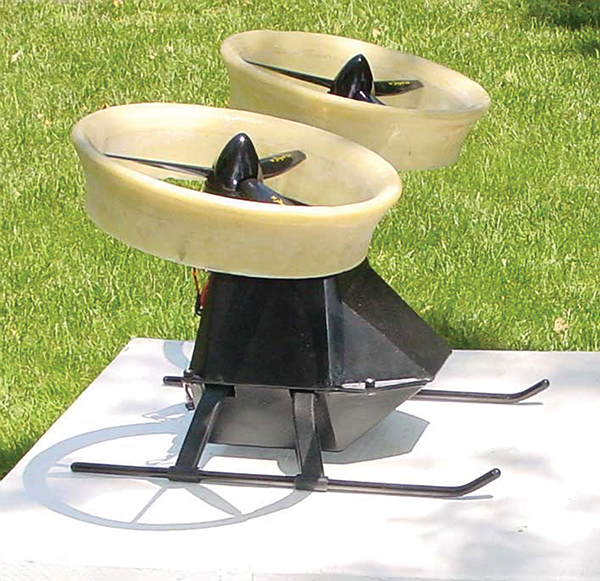
The OVIWUN, a miniaturized version of Trek Aerospace Inc.’s larger, manned vehicles, allows researchers to test designs and experiment in a smaller, safer, more contained setting.
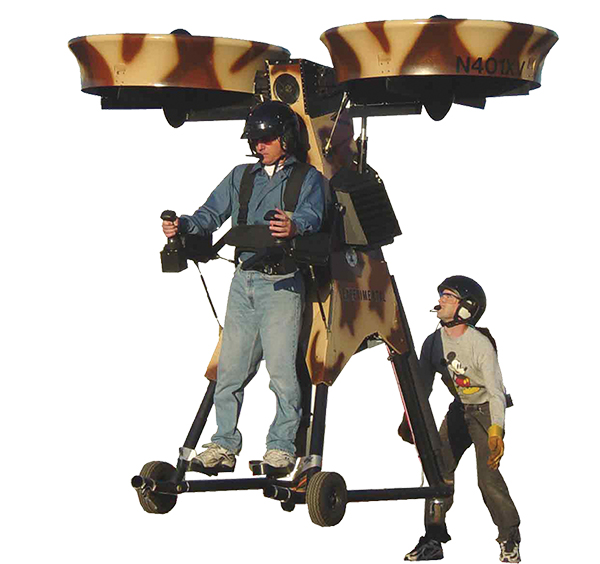
Trek Aerospace’s Springtail EFV is a single operator powered-lift vehicle that supports the operator/pilot in a standing position.









